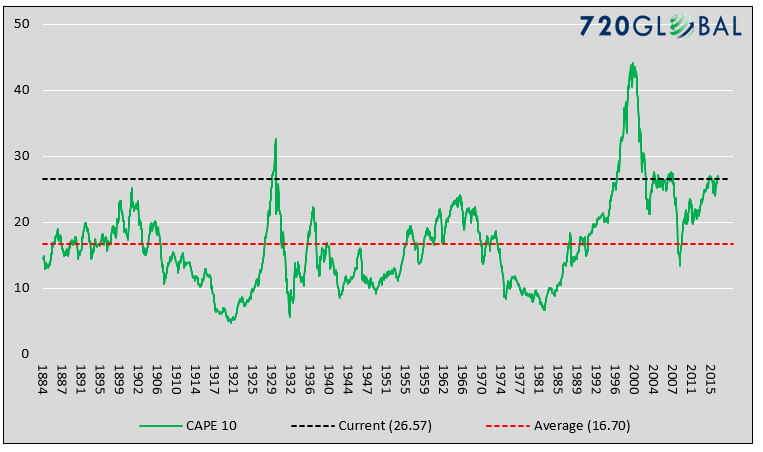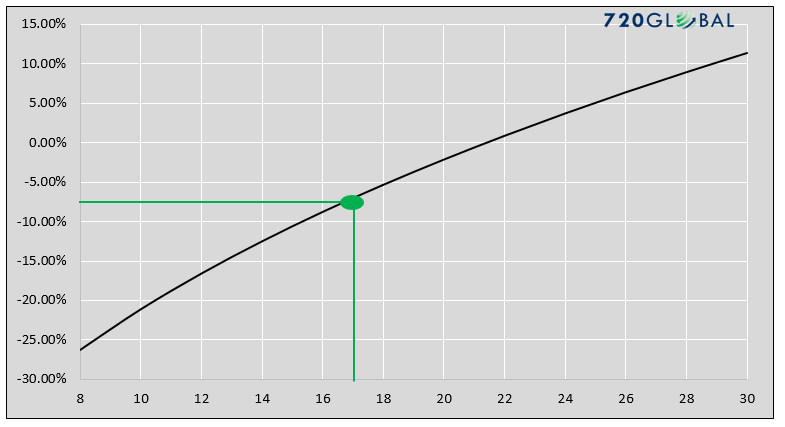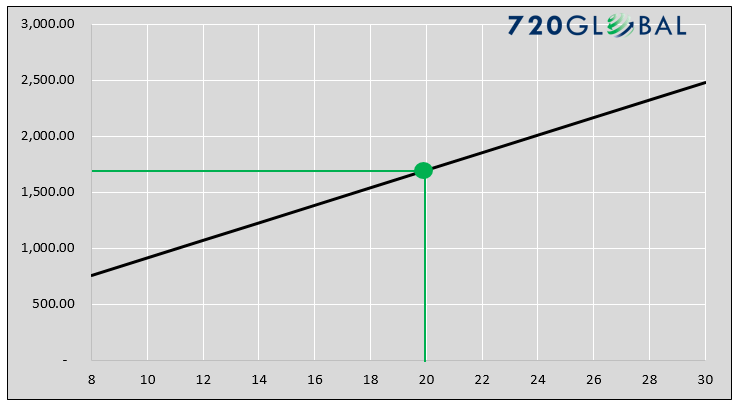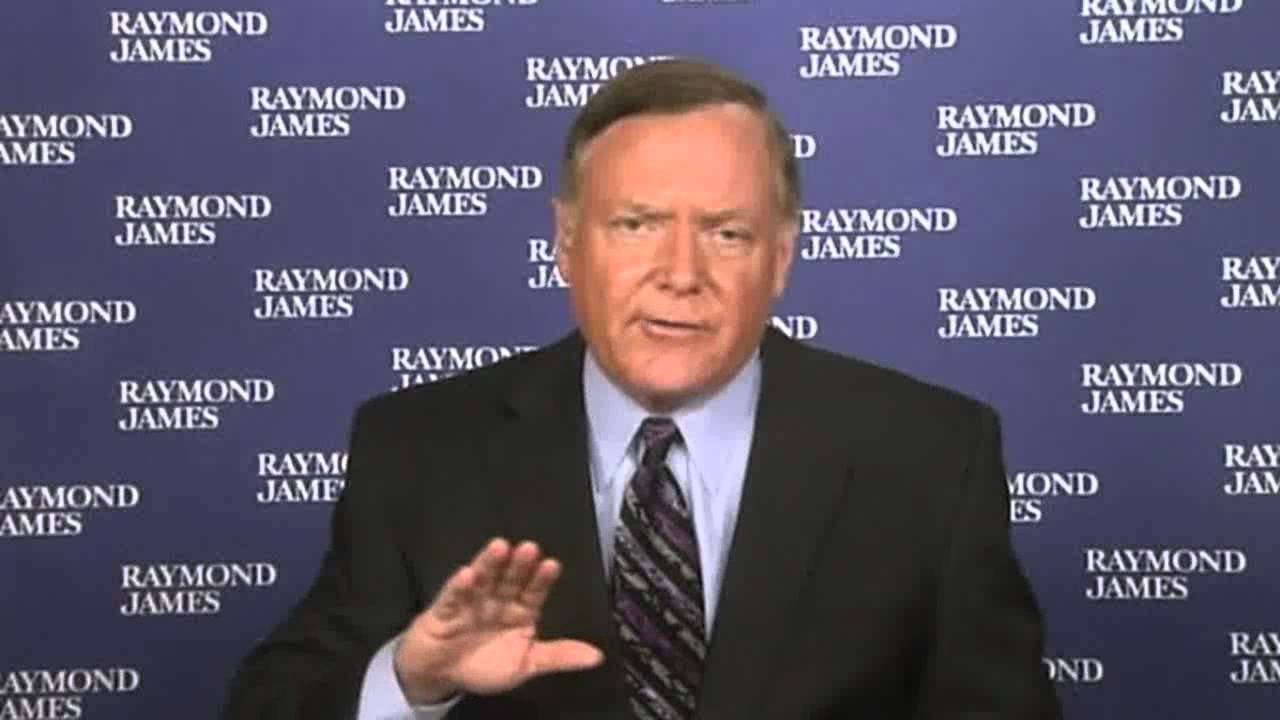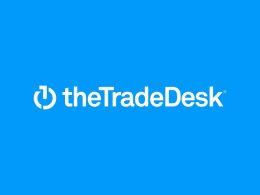by Michael Lebowitz, CFA, 720 Global Research, via Clarity Financial
It has been eight years since the great financial crisis of 2008, and the Federal Reserve (Fed) is still maintaining an unprecedented level of accommodation in monetary policy. The Federal Funds rate has been pinned at or near zero since 2008. Recent discussions on raising the rate a mere quarter of a percent are met with a palpable level of angst and incredulity by economists and investors alike. Since the crisis, the Fed quadrupled their balance sheet using printed money to buy U.S. Treasury and mortgage securities. The economic results, supposedly the justification for these aggressive actions, have mostly been disappointing. That said, one can credit Fed policy actions for driving financial asset valuations to historic levels.
Over the last eight years investors have adopted a mindset that Fed intervention is good for asset prices, despite clear evidence that it has contributed little to the fundamental rationale for owning such assets. Fixed income yields are at or near record lows and stock indices trade at valuations that have only been eclipsed twice in history, just prior to the great depression (1929) and at the height of the technology bubble (2000). High end real-estate and various collectibles trade at unparalleled levels. The eye-popping valuations on these less liquid assets further confirm how impactful Fed policy has been on asset prices.
We have written numerous articles highlighting rich valuations and the infectious behavior that can compel investors to make investment decisions that they would not otherwise make. In this article we employ a cash flow model to quantify the potential ramifications on the equity market. The goal is to provide investors with a simple tool to calculate total return outcomes that could occur if investors were to lose confidence in the Fed and as a result stretched market valuation premiums built up since 2008 diminish or vanish altogether.
P/E Ratio
The 720 Global cash flow model was built to provide expected total returns associated with changes to the S&P 500 P/E ratio. For instance, if the P/E ratio were to increase to 30 or decrease to 15, what total return should an investor expect? The model uses the Shiller CAPE 10 ratio versus one-year trailing earnings as it provides earnings consistency by eliminating cyclical noise. The graph below offers a long term historical perspective on the wide range of monthly P/E ratios that have occurred since 1884.
CAPE Ratio
Data Courtesy: Shiller Data http://www.econ.yale.edu/~shiller/data.htm
The current P/E ratio of 26.57, denoted by the black dotted line, is approximately 60% above the average and has only been eclipsed by the exuberant periods of 1929 and 2000 and matched in 2007. Since the era of Fed activism began in the 1990’s, the ratio has tended to remain elevated relative to the historical average, despite what the recent quote from Janet Yellen would have us believe. “I would not say that asset valuations are out of line with historical norms.” – Federal Reserve Chairwoman Janet Yellen 9/21/2016
P/E Shifts and Returns
The graph below shows the output of the 720 Global cash flow model. Annualized percentage equity returns on the vertical axis (which includes price changes and dividends paid) are shown for correspondent P/E scenarios along the horizontal axis. The model assumes: 2.50% annual corporate earnings growth, 3.50% annual dividend growth and a three year term over which cash flows are modeled.
Expected Annualized Returns
Data Courtesy: 720 Global Cash Flow Model
Hurdle Rate
To use the graph to calculate the expected total return for a particular P/E ratio, locate the forecasted P/E ratio on the x-axis, follow it straight up to the total return black line, and read the corresponding figure on the y-axis. The green lines on the graph exhibit how a reversion from the current P/E ratio of 26.57 to a more historically normal P/E of 17.16, imply three consecutive years of –6.73% annualized returns.
Under normal market conditions, investors appropriately require additional levels of return for added levels of risk. Historically, U.S. equities have exhibited approximately 2.5 times the risk (measured by standard deviation of prices) of U.S Treasury bonds. Fittingly, equites have rewarded investors with approximately 4.50% of additional annual returns over the long term. Measured using the Sharpe Ratio, the bond and stock markets have been very efficient over a long time horizon at assessing comparative risk between the two assets.
Currently, 30-year U.S. Treasury bonds yield 2.35, thus equity investors mindful of history should have an investment hurdle rate, or a required annual rate of return of 6.85% (4.50% + 2.35%). Such an annualized return over time compensates them fairly for the additional risk of buying equities.
The 720 Global model can be used to solve for the S&P 500 price that would allow an investor to meet their given hurdle rate or required rate of return for a given P/E ratio. The graph below charts these prices versus the associated P/E ratios for a hurdle rate of 6.85%.
S&P 500 Hurdle Rates
As shown with the green lines, an investor with the aforementioned 6.85% hurdle rate and expectations of P/E ratios decreasing only modestly from 26.57 to 20.00, should feel comfortable meeting their return requirement by purchasing the S&P 500 at any price below 1706.90.
Data Courtesy: 720 Global Cash Flow Model
Is the Past Prologue to the Future?
The graphs above use conservative and relatively stable earnings and dividend assumptions. If the economy slides into a recession, not only may P/E ratios dip below the mean, but earnings and dividends growth may falter. The extent to which these measures adjust is often influenced by the extremity of valuations.
The following table highlights historical experiences that occurred the three other times that P/E ratios resided at or above current levels. The top half of the table displays the changes in the ten year average earnings growth, dividend growth and P/E ratios that occurred during the 1929, 2000 and 2008 market corrections. The bottom half of the table uses that data as its assumptions and forecasts how similar changes would affect total returns today.
Summary
Equity valuations are grossly dislocated from supporting fundamental data. Comparisons to historic norms, despite what Janet Yellen claims, are far from reality. Investors willing to study history and look at current data will come to the same conclusion. Those that do will also likely agree that the downside looms large as mean reversion is, after all, a powerful force in the markets.
The purpose of this article is not to claim that the market will immediately correct. In fact, there are several reasons, however unsound, that valuations may indeed rise further. The point is to stress that the odds are not in your favor of that occurring. Any sort of regression to mean, or as frequently occurs below mean, will result in a sizeable market correction as shown. To reiterate this point, the graph below shows the range of returns associated with the various P/E ratios described earlier. Additionally, the bar chart backdrop illustrates the percentage of time the market traded at the corresponding P/E ratios. Based on this analysis, one should expect negative returns if P/E ratios revert to historical ranges.
Expected Annualized Returns with Historical Distribution of P/E Ratio
Data Courtesy: 720 Global Cash Flow Model
The current economic recovery and equity bull market rank among the longest on record. Concurrently, domestic and global economic data are slowing markedly while U.S. corporate earnings are declining. Even more concerning, the Federal Reserve’s tool kit is sparse and their ability to continue to prop up the market appears limited. To be blunt, given the aforementioned fundamental risks and the poor risk/return skew, history is clearly not in favor of those who remain long equities banking on the Fed to continue to levitate valuations and prices with limited tools and faulty narratives.
Michael Lebowitz, CFA

Investment Analyst and Portfolio Manager for Clarity Financial, LLC. specializing in macroeconomic research, valuations, asset allocation, and risk management. RIA Contributing Editor and Research Director.Co-founder of 720 Global Research.
Follow Michael on Twitter or go to 720global.com for more research and analysis.
Copyright © Clarity Financial





